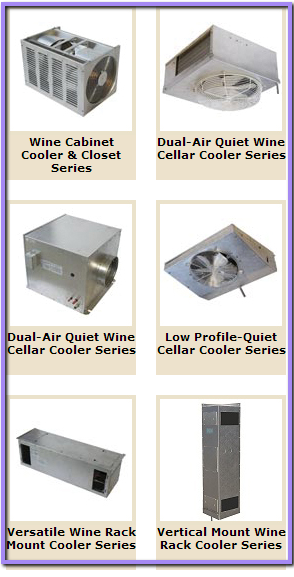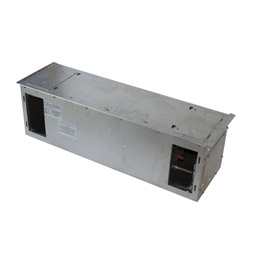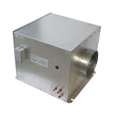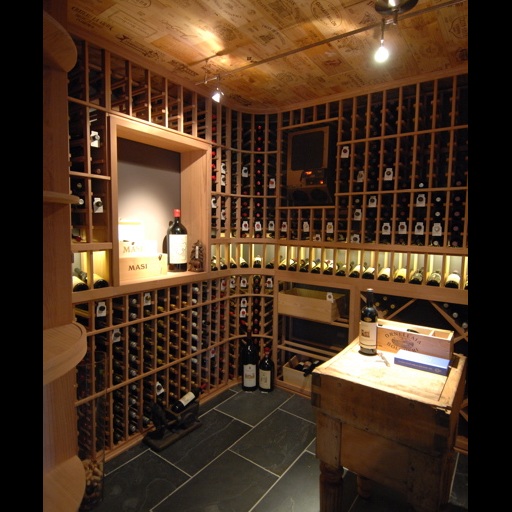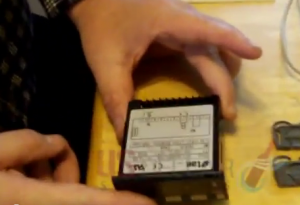Wines thrive within constant and stable environments. In order to achieve the best wine storage conditions, a wine cellar space should be equipped with the right type of wine cellar refrigeration system. For a cooling unit to function efficiently, the wine storage room must be outfitted with proper insulation and vapor barriers.
Whether it is a private wine room, a commercial wine cellar in a restaurant, or any other hospitality wine storage setting, a wine cellar cooling system that will help provide the best possible environment for wines is required. These units are specifically engineered to regulate the climate conditions inside a wine cellar space by keeping the temperature levels between 50 and 59 degrees Fahrenheit, and regulating the amount of humidity to 60 to 75 percent.
Wine cellar cooling units are manufactured in a range of configurations and cooling capacities that can accommodate various applications. Choosing the proper climate control system will ensure that the right amount of cool air is supplied into a wine storage space. The three different categories of wine cellar cooling systems are: self-contained cooling units, ductless-split climate control system, and ducted-air refrigeration systems.
Self-contained wine cellar cooling units are the most affordable and the easiest to install. These are one piece units that are mounted on the interior wall and vent warm air through an adjacent room. The adjoining room must be at least as big as the wine cellar space and should be well-ventilated.
Another alternative is a ductless-split commercial wine cellar cooling unit, which houses the evaporator and condenser into two separate units. This setup allows for whisper-quiet operation, since the condensing unit, which is the noisiest part of the cooling system, is installed in a remote location. The units are connected by a line set consisting of copper tubing and electrical wiring.
The Ducted-air refrigeration system for commercial wine cellar cooling is designed to supply cool air into and exhaust warm air from a wine room using ductwork. Like ductless split systems, it consists of an evaporator unit and condensing unit. Since both the evaporator and the condenser can be placed at a distance, the system facilitates noiseless operation and eliminates any physical presence of equipment inside the storage space. This model also comes in a one piece unit, wherein the evaporator and condenser are housed together.
The following factors should be considered when picking out a wine cellar climate control system: location and size of the wine room, the amount of insulation, the number of bottles, and the racking systems. For instance, commercial wine displays or hospitality wine storage are designed to accommodate a large number of wine bottles. Hence, they require refrigeration units with powerful cooling capacities.
Commercial wine cellar cooling units are purpose-built to service the cooling needs of high traffic areas, such as wine storage rooms in commercial wine displays areas, wine retail shops, restaurants, or hospitality sectors. In hospitality wine storage, functionality and aesthetic quality are taken into consideration a great deal when choosing a climate control system. There are units that can be mounted in the racking system and hidden from view using a louvered grill cover, while some cooling systems are designed to adhere to wine cellar spaces with unusual contours and architectural constraints.






